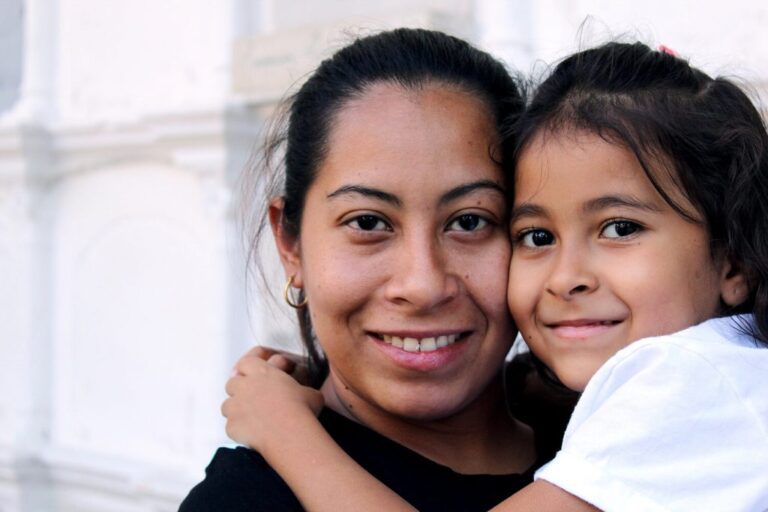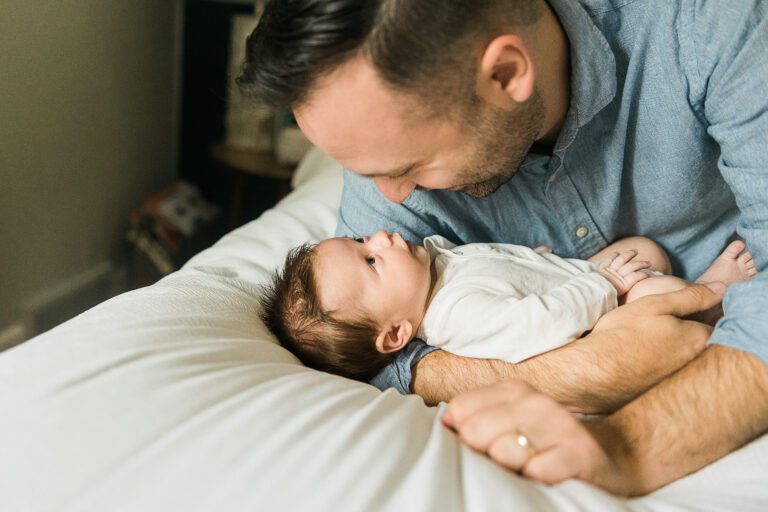The Power of Health in Communities: Collaboration Across Communities, Across Sectors, and With Lived Experience
I am not applying a term from physics to the human spirit, nor am I applying that to our communities. When we talk about resilience and the Building Community Resilience Collaborative (BCR), we are talking about providing communities the buffers and supports to not only bounce back from adversity but to also bounce forward.
So we are with intent harnessing the power of collaboration with community, across sectors to address the sources of adversity in our community, as they vary from community to community. In building community resilience, we work with our community of partners as well as with major systems to create a shared understanding. When we talk about adversity in Milwaukee, Missouri, and Texas, what does that look like? What is the narrative of adversity? What’s the narrative of hope in our community?
We then work systematically to determine [a community’s] state of readiness to address these things – not just from a deficit model, but what are there supports and buffers that are already in place that we can build upon. As we go through this process, it’s important to begin to understand who needs to be at the table. Who’s going to foster an engaging conversation? Who’s going to spark new ideas? Who’s going to bring something to the table that maybe doesn’t normally get invited to these types of parties? That’s exactly what BCR does.
We create room at the table for the unlikely suspects to input their story, but most importantly, to help in the co-creation of the solution – flipping fear to hope and turning hope into something that is actionable. It is necessary to have community voice.
We know that inequity is the underlying stressor that leads to so much adversity and trauma in our communities. Without equity, you can’t hope for resilience. So the concepts of trauma and resilience are inextricably tied to equity. We cannot do this work without putting equity at the center. That’s why we’re being very intentional about doing so.
So what’s the problem we’re trying to solve?
When we talk about system-driven outcomes and adverse childhood experiences (ACEs), we typically only talk about the branches and leaves on that tree. So we talk about the outcomes – whether maternal depression, emotional or sexual abuse, a child who is fidgety in class because they’ve been exposed to unstable environments. Much like the trees that we see in our forests or on the street, we can judge the health of that tree by the vibrancy of the green on the leaves, the strength of the branches. That helps give us an idea of how strong that tree may be. Is it a tree that I’m going to let my kid go and climb up into because it looks like it can hold my kid, or are the branches going to break?
Similarly, if we apply that to a community context, we can see when we have areas of concentrated poverty that are associated with concentrated, disparate outcomes with regard to substance abuse or domestic violence, those things are feeding into the soil. And those things are not usually discussed when we talk about ACEs. I think it’s important for us to think about adversity as not just what’s happening to the individual, but the context in which this is occurring.
That flips the script because we’re not just talking about programs and practice, we are talking about policy – policy that drives these adverse community environments.
You will never hear me talk about community resilience in the framework of talking about social determinants of health, because the way that we have framed the conversation around social determinants of health has come back to pointing to individuals and the outcomes that are associated with individuals and the social determinants. Instead, I’m reframing that as assistance driven community characteristics. We’re not necessarily saying that individuals aren’t responsible or that they don’t have some level of responsibility. But we have to also understand that systems have responsibility. Systems have responsibility for the outcomes that we see in our communities, which then lead to or are associated with the outcomes that we see in individuals. So we can’t just focus on the outcomes. We have to also focus on the policy and the practice.
We [BCR] work with five sites across the country – multi-state sites in the Washington, D.C. metro area and Missouri that spans into Kansas and southern Illinois; the entire state of Oregon; a multi-city network in Texas; and we’re hopefully expanding into Virginia this year – to really think about how to change practice and programs on the ground that embrace this reframing. So in D.C., you heard my fellow cohort member, Matt Biel, talk about his work at Georgetown to change practice so that you’re treating children in the context of the family and understanding the community determinants that are affecting the outcomes we see in the clinical environment.
We do a lot of work with regard to policy and working on the Washington, D.C. ACEs task force to infuse an understanding of this context consideration into government policy. When we look at systems change, we’re not just looking at how we change practice within a system, we’re looking at the policies that drive that. So our work focuses on being deliberate when we apply this process to when we talk about the narrative of the community, being explicit with regard to understanding the effects of structural racism.
[It’s important that we] understand not only the 240 plus years of policy – social and criminal policy – that leads to the outcomes we see, but that’s on top of a 400-year history of subjugation.
We are in 2019. It was in 1619 that the first slaves arrived in Virginia. So when people tell us that slavery was something that was in the past, it has no effect on today’s future, and you look at the policy timeline and see that we’ve been building upon this structural racism over the entire course of our history, it’s been with intent. So just as you wouldn’t expect a physician to treat obesity without weighing the patient, or to treat blood pressure without taking the patient’s blood pressure, we cannot build equity without being explicit about structural racism.
This isn’t an effort of anger. This is an effort of honesty. This is an effort of healing. And we bring the parties together to understand that in order to disrupt the cycles [of maltreatment], we have to be deliberate in our design. And our redesign comes with the power of collaboration across communities, across sectors, and with lived experience.
Wendy Ellis has spent the last decade developing a national ‘resilience movement.’ She created the Building Community Resilience process and collaborative, now being implemented in five metro regions, to address systemic inequities driving disparities and a range of poor outcomes transmitted in families and communities across generations. BCR is framed around what Ellis describes as the ‘Pair of ACEs’ – adverse childhood experiences in the context of adverse community environments. Previously, as a journalist, Ellis saw multiple systems – from juvenile justice to health care – fail the very children and families they were meant to serve. The BCR work has garnered $1.6 million in funding, including from the Kresge Foundation and the Doris Duke Charitable Foundation. Ellis has been featured in Congressional briefings and in the Washington Post, US News and C-SPAN. Ellis is a 2018 Aspen Institute Ascend Fellow.
Relive every second of the Forum and check out highlights:
- 2019 Aspen Forum on Children and Families playlist
- Parents’ Perspectives Launch 2019 Aspen Forum on Children and Families
- 3 Surprises About How Parenting Affects Your Brain
- Financial Empowerment Experiments to Watch
- Great Quotes on Slaying Poverty
Check out Ascend Fellows, Network Partners, and Family Prosperity Innovators’ big ideas to move families toward opportunity in 2019 here and how the 2Gen approach inspires their work here.
Related Posts





